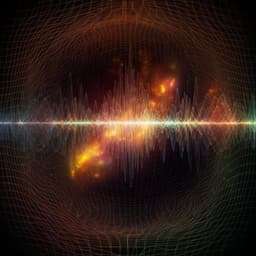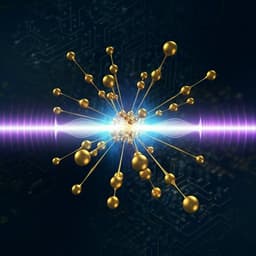
Physics
Visual observation of photonic Floquet-Bloch oscillations
Z. Zhang, Y. Li, et al.
Discover the groundbreaking research by Zhen Zhang, Yuan Li, Xiankai Sun, and Xuewen Shu that unveils photonic Floquet-Bloch oscillations (FBOs), an innovative extension of Bloch oscillations in photonic Floquet lattices. This research not only demonstrates the first visual observation of FBOs but also reveals their unique properties, promising a new frontier in wave manipulation with far-reaching implications for various fields.
Playback language: English
Related Publications
Explore these studies to deepen your understanding of the subject.







